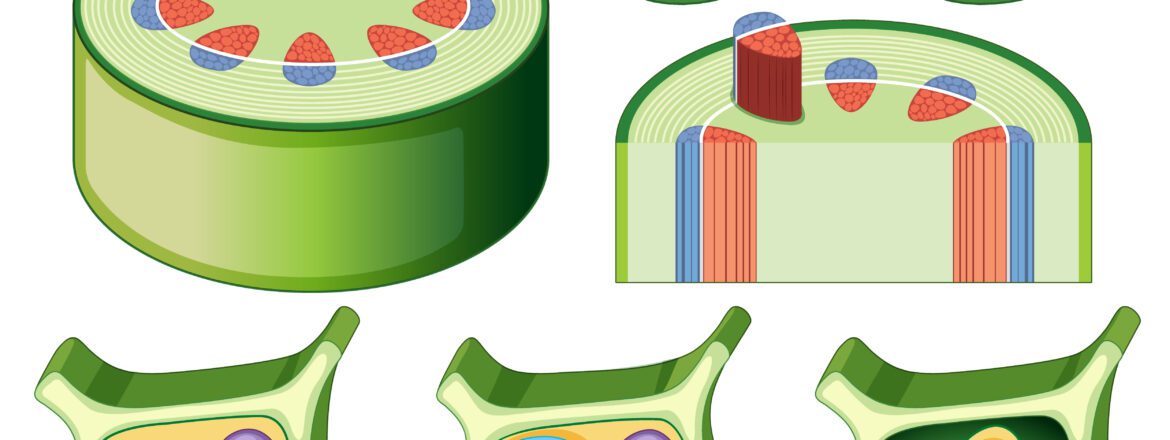Outline:
- Introduction to Cell Tissue Labeling
- Importance of fluorescent dyes.
- Brief overview of cell tissue labeling techniques.
- Understanding Fluorescent Dyes
- What are fluorescent dyes?
- Types of fluorescent dyes used in cell tissue labeling.
- Principles of Cell Tissue Labeling
- Mechanism of action of fluorescent dyes.
- Factors influencing dye selection.
- Applications of Fluorescent Dyes in Cell Tissue Labeling
- Imaging techniques in cell biology.
- Specific examples of fluorescent dyes and their applications.
- Choosing the Right Fluorescent Dye
- Considerations for selecting fluorescent dyes.
- Matching dyes to specific cellular structures.
- Protocols for Cell Tissue Labeling
- Step-by-step guide for labeling cells with fluorescent dyes.
- Common protocols and troubleshooting tips.
- Advancements in Fluorescent Dye Technology
- Recent developments in fluorescent dyes.
- Future directions in cell tissue labeling.
- Challenges and Limitations
- Issues faced in cell tissue labeling with fluorescent dyes.
- Strategies for overcoming challenges.
- Safety and Handling of Fluorescent Dyes
- Safety precautions when working with fluorescent dyes.
- Proper storage and disposal methods.
- Case Studies
- Real-world examples showcasing the utility of fluorescent dyes in cell tissue labeling.
- Future Perspectives
- Potential advancements in cell tissue labeling technology.
- Implications for research and clinical applications.
- Conclusion
- Recap of the importance of fluorescent dyes in cell tissue labeling.
- Summary of key takeaways.
- FAQs
- What are fluorescent dyes used for in cell tissue labeling?
- How do fluorescent dyes work in labeling cellular structures?
- What factors should be considered when choosing a fluorescent dye?
- Are there any safety concerns associated with fluorescent dyes?
- What are the latest advancements in fluorescent dye technology?
Introduction to Cell Tissue Labeling
Cell tissue labeling using fluorescent dyes is a vital technique in modern cell biology research. By selectively staining cellular structures, scientists can visualize and study the intricate workings of cells under a microscope. Fluorescent dyes play a crucial role in this process, offering high specificity and sensitivity for detecting various cellular components.
Understanding Fluorescent Dyes
Fluorescent dyes are molecules that emit light of a specific color when exposed to certain wavelengths of light. They are widely used in cell tissue labeling due to their ability to bind to specific cellular structures, such as proteins, DNA, or organelles. Common types of fluorescent dyes include organic dyes, quantum dots, and fluorescent proteins.
Principles of Cell Tissue Labeling
The mechanism of action of fluorescent dyes involves the absorption of photons, followed by the emission of light at a longer wavelength. This phenomenon, known as fluorescence, allows researchers to visualize labeled cells under a fluorescence microscope. Factors such as excitation and emission spectra, photostability, and cell permeability influence the selection of appropriate fluorescent dyes.
Applications of Fluorescent Dyes in Cell Tissue Labeling
Fluorescent dyes find widespread use in various imaging techniques, including confocal microscopy, fluorescence resonance energy transfer (FRET), and fluorescence lifetime imaging microscopy (FLIM). They enable researchers to study cellular processes such as protein localization, cell signaling, and cell division with high spatial and temporal resolution.
Choosing the Right Fluorescent Dye
Selecting the appropriate fluorescent dye depends on several factors, including the target structure to be labeled, the imaging technique used, and the experimental conditions. Researchers must consider parameters such as brightness, photostability, cell permeability, and spectral compatibility when choosing a fluorescent dye for their experiments.
Protocols for Cell Tissue Labeling
Protocols for cell tissue labeling with fluorescent dyes typically involve several steps, including sample preparation, dye labeling, washing, and imaging. Optimizing labeling conditions and minimizing background fluorescence are critical for obtaining clear and accurate images. Common troubleshooting strategies include adjusting dye concentration, incubation time, and washing steps.


Advancements in Fluorescent Dye Technology
Recent advancements in fluorescent dye technology have led to the development of novel dyes with improved photo physical properties and targeting specificity. For example, genetically encoded fluorescent proteins such as GFP and RFP offer advantages such as high brightness, pH stability, and resistance to photobleaching. Additionally, new fluorophores with near-infrared emission wavelengths enable deep tissue imaging and in vivo applications.
Challenges and Limitations
Despite their utility, fluorescent dyes pose several challenges in cell tissue labeling, including photobleaching, spectral overlap, and nonspecific binding. Researchers must carefully optimize experimental conditions to minimize these issues and obtain reliable data. Moreover, safety considerations such as cytotoxicity and environmental impact should be taken into account when working with fluorescent dyes.
Safety and Handling of Fluorescent Dyes
Proper safety precautions should be followed when handling fluorescent dyes to minimize exposure and mitigate risks. This includes wearing appropriate personal protective equipment (PPE), working in a well-ventilated area, and following established protocols for dye preparation, storage, and disposal. Spill cleanup procedures and emergency response protocols should also be in place to ensure the safety of laboratory personnel and the environment.
Case Studies
Several case studies highlight the diverse applications of fluorescent dyes in cell tissue labeling. For example, researchers have used fluorescently labeled antibodies to visualize specific proteins in cancer cells and track cell migration in developmental biology studies. In neuroscience, fluorescent calcium indicators have enabled real-time imaging of neuronal activity in live animals, shedding light on brain function and dysfunction.
Future Perspectives
Looking ahead, the field of cell tissue labeling is poised for further innovation and advancement. Emerging technologies such as super-resolution microscopy, single-molecule imaging, and multiplexed labeling techniques hold promise for unraveling the complexities of cellular biology with unprecedented detail and precision. By harnessing the power of fluorescent dyes and imaging modalities, researchers can continue to push the boundaries of our understanding of life at the cellular level.
Conclusion
In conclusion, fluorescent dyes are indispensable tools for cell tissue labeling, enabling researchers to visualize and study cellular structures and processes with remarkable clarity and specificity. By understanding the principles of fluorescence and choosing the right dyes and imaging techniques, scientists can unlock new insights into the inner workings of cells and pave the way for advances in biology, medicine, and beyond.
FAQs
- What are fluorescent dyes used for in cell tissue labeling? Fluorescent dyes are used to selectively label cellular structures such as proteins, DNA, and organelles for visualization under a fluorescence microscope.
- How do fluorescent dyes work in labeling cellular structures? Fluorescent dyes absorb light at a specific wavelength and emit light at a longer wavelength, allowing labeled cells to be visualized under fluorescence microscopy.
- What factors should be considered when choosing a fluorescent dye? Factors such as brightness, photostability, cell permeability, and spectral compatibility should be considered when selecting a fluorescent dye for cell tissue labeling experiments.
- Are there any safety concerns associated with fluorescent dyes? Yes, fluorescent dyes can pose safety hazards such as cytotoxicity and environmental impact. Proper safety precautions should be followed when handling these dyes.
- What are the latest advancements in fluorescent dye technology? Recent advancements include the development of novel fluorophores with improved photophysical properties and targeting specificity, as well as the use of genetically encoded fluorescent proteins for in vivo imaging applications.


